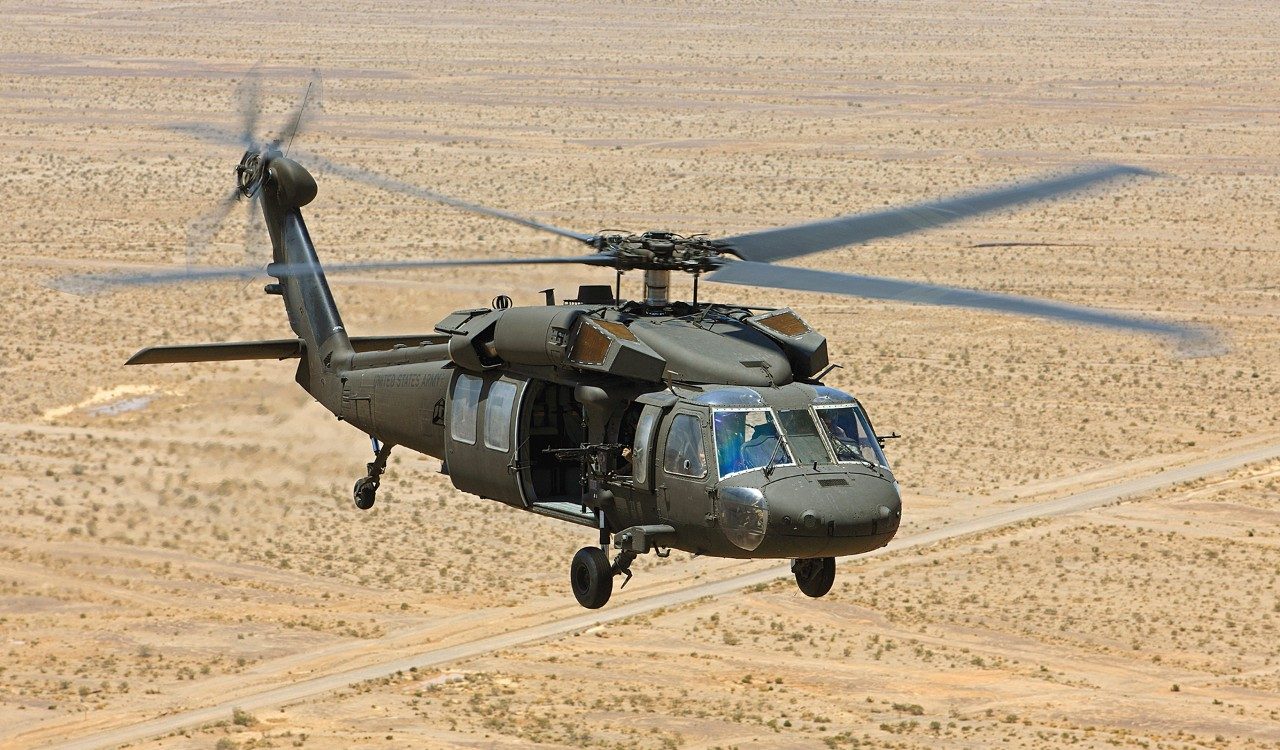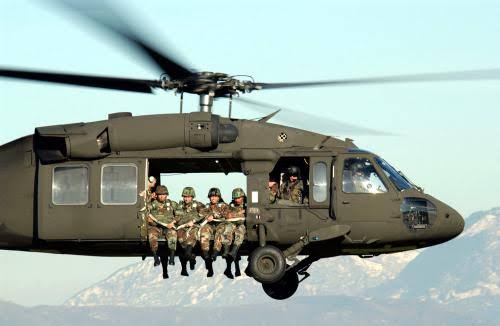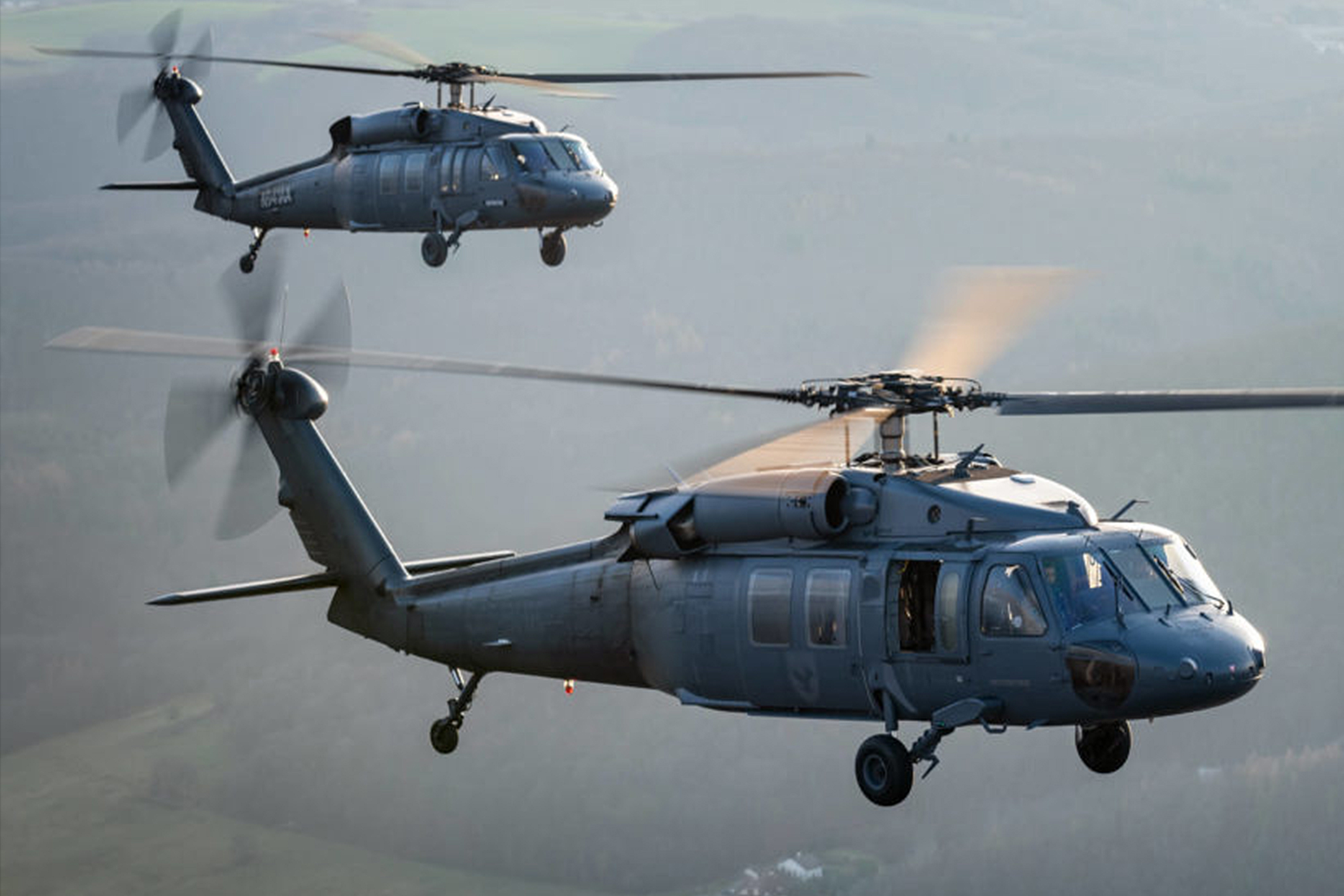The Role of UH 60 in Modern Armed Force Operations
The Role of UH 60 in Modern Armed Force Operations
Blog Article
Discovering the Innovative Technology Behind Aircraft Design and Engineering
The area of aircraft style and design is observing a transformative change driven by innovative technologies that enhance performance, efficiency, and sustainability. Advanced products such as carbon fiber compounds and titanium alloys are establishing brand-new criteria, while wind resistant advancements and expert system are improving processes and boosting results. As the market comes to grips with the challenges of environmental duty, advancements in sustainable aviation modern technologies assure to reshape the future. However, the effects of these improvements prolong beyond efficiency metrics; they may redefine the actual nature of air traveling. What might this indicate for the industry as a whole?
Advanced Materials in Aircraft Design
Just how can the integration of innovative products reinvent aircraft layout? The consolidation of innovative materials, such as carbon fiber composites, titanium alloys, and progressed ceramics, plays a critical function in boosting airplane performance and effectiveness. These products offer remarkable strength-to-weight proportions, enabling makers to lower overall aircraft weight without jeopardizing architectural integrity. This reduction in weight directly adds to improved fuel effectiveness and raised haul capacity.
In addition, innovative products show boosted resistance to deterioration and fatigue, resulting in lower maintenance costs and extended life span. For example, the usage of titanium in critical components helps withstand extreme temperature levels and stresses, while carbon fiber compounds give adaptability in layout and production procedures. This versatility permits more wind resistant forms, contributing to exceptional efficiency features.
Additionally, the combination of smart products, which can transform buildings in feedback to outside stimuli, opens up new avenues for flexible systems in airplane design. uh 60. These innovations assure not only to enhance safety and security and operational efficiency yet likewise to add to sustainability initiatives by reducing ecological effect through minimized emissions. In summary, progressed materials are redefining the landscape of airplane design, leading the way for much more reliable, sturdy, and environmentally pleasant aviation remedies
Wind Resistant Innovations for Performance
Aerodynamic advancements play a critical duty in enhancing airplane performance, considerably affecting fuel usage and total performance. Breakthroughs in airfoil layout, such as the introduction of supercritical wings, permit maximized lift-to-drag ratios, reducing drag at transonic rates. These technologies enable aircraft to maintain higher speeds with lower fuel expense, directly impacting operational prices and environmental sustainability.
Moreover, the combination of winglets has actually proven efficient in alleviating vortex-induced drag at the tips of wings, even more improving gas performance - uh 60. This layout modification results in a decrease in wake disturbance, adding to boosted aerodynamic performance during cruise conditions

Additionally, computational liquid characteristics (CFD) tools have actually reinvented the testing and refinement of wind resistant forms, permitting precise simulations of air movement around airplane (uh 60). This allows engineers to introduce continually, making sure that contemporary aircraft not only fulfill regulative criteria however also press the boundaries of performance in air travel

Role of Computer Simulations
Computer simulations have ended up being an essential tool in the field of aircraft style, allowing designers to perform detailed analyses and optimizations of various design aspects. These simulations enable the online testing of aerodynamic properties, structural integrity, and performance metrics long before physical prototypes are built. By employing computational fluid characteristics (CFD) and limited component evaluation (FEA), designers can anticipate exactly how air streams around the aircraft and how different materials will reply to stress and strain.
Moreover, computer system simulations promote the expedition of a large range of variables and circumstances, increasing the layout procedure and minimizing expenses connected with physical screening. This capability not only improves the precision of forecasts regarding aircraft behavior yet additionally uses insights into possible layout renovations that may not be quickly apparent through typical methods.

In addition, simulations assist guarantee conformity with strict safety laws by enabling engineers to identify and rectify potential problems early in the style phase. The integration of simulation innovations right into the airplane style procedure emphasizes the significant developments in engineering methods, ultimately adding to the development of much safer, extra effective, and eco friendly airplane.
Expert System in Engineering
Expert system (AI) is changing the design landscape, especially in aircraft design, by boosting decision-making procedures and enhancing layout process. Through artificial intelligence formulas, AI can evaluate vast datasets, revealing patterns and understandings that inform design selections and enhance overall performance.
AI applications in aircraft layout consist of generative design, where formulas produce multiple layout options based upon specified parameters, permitting engineers to review a wider series of opportunities. This not only increases the design stage however additionally makes sure that the end products meet rigid performance read this article and security criteria.
Additionally, AI-driven predictive analytics assist in maintenance organizing by analyzing historical information and anticipating possible failures. This aggressive approach minimizes downtime and enhances airplane integrity.
Furthermore, AI help in simulation and modeling, enabling engineers to examine designs under different problems without the need for physical prototypes. This capacity shortens advancement timelines and decreases costs connected with typical testing techniques.
Lasting Aviation Technologies
The solution exists in the fostering of lasting aeronautics modern technologies that focus on performance and lower carbon exhausts. Technologies such as sustainable aviation fuels (SAFs), which are derived from renewable sources, have actually arised as a critical component in attaining reduced lifecycle exhausts.
In addition, improvements in airplane style, such as the advancement of lighter materials and more aerodynamically reliable forms, add to improved gas performance. Electric and hybrid propulsion systems are likewise acquiring traction, supplying a path to minimize reliance on nonrenewable fuel sources and decrease greenhouse gas exhausts.
The combination of these innovations is supported by governing frameworks and industry cooperations focused on setting enthusiastic sustainability targets. Moreover, digital devices like data analytics and artificial knowledge can enhance useful source trip procedures, even more boosting gas efficiency. By embracing lasting practices and modern technologies, the air travel sector can not only fulfill the growing need for air travel however also play an essential role in attending to climate modification, ensuring a much more lasting future for air transportation.
Verdict
The merging of innovative materials, aerodynamic developments, and advanced innovations notes a considerable development in aircraft design and engineering. The integration of carbon fiber composites, titanium alloys, and AI-driven processes not only enhances performance and performance but also streamlines workflows and anticipating upkeep.

Computer simulations have actually come to be a crucial tool in the area of aircraft style, allowing designers to carry out thorough evaluations and optimizations of various style facets.The convergence of advanced materials, aerodynamic technologies, and cutting-edge innovations notes a substantial evolution in aircraft style and web link design.
Report this page